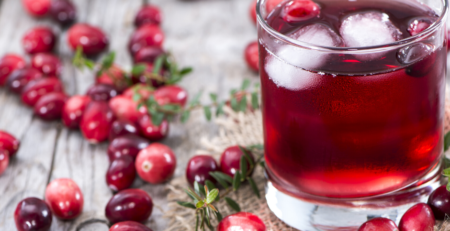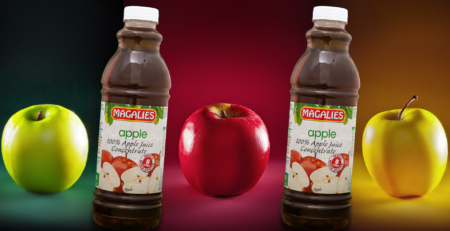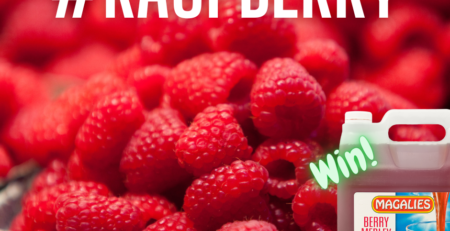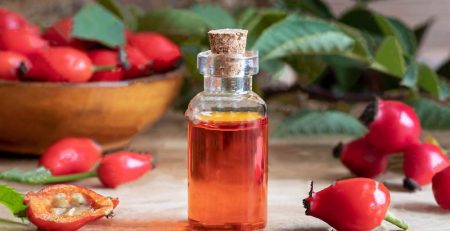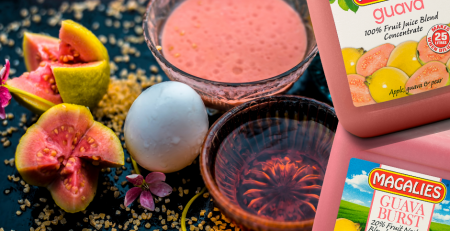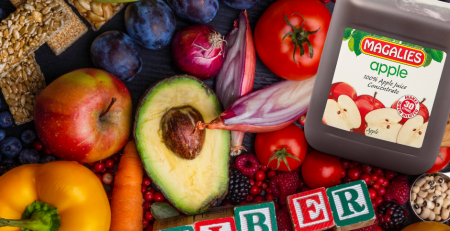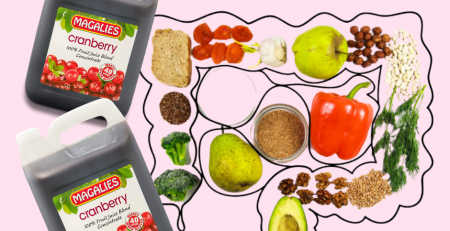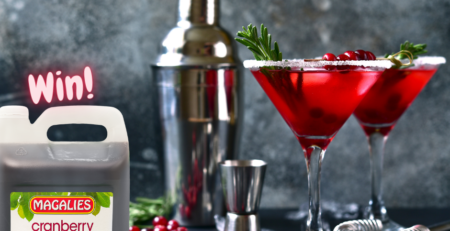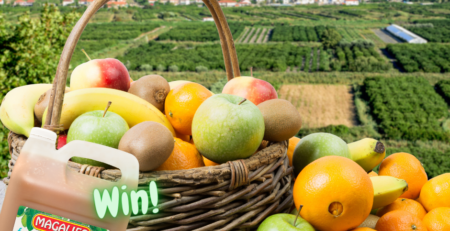FUNKY MANGO FACTS
by Dr Marli Botha
The mango, or Mangifera indica, is part of the Anacardiaceae family, a family of flowering plants that bear fruits known as drupes (a.k.a. stone fruits!). Drupes are fruits with an outer fleshy part and a stone (or pit) in the middle. Other notable Anacardiaceae family members are poison ivy, sumac, and marula.
Here are 9 FUNKY FACTS about mangoes:
- Remember when the mangoes are green at the very start? Yes, at that time the amount of vitamin C is higher and as it ripens and start to get yellowish, the amount of Vitamin C decreases and the amount of Vitamin A increases! Who knew?
- One of the most amazing facts about mango seeds is that they are used to make soap bars due to their high stearic acid content.
- Burning mango leaves, woods, or debris is not advisable as they are toxic in nature and can infect eyes and lungs severely. Moreover, mango leaves are considered toxic for cattle feed as well.
- India is home to the world’s finest quality of mangoes, known as the Alphonso mango.
- Mangoes contain the digestive enzyme amylase, which breaks down carbs from starch (a complex carb) into sugars like glucose and maltose. Amylase also helps mangoes to ripen.
- Mango trees have the capability to grow as tall as 100 feet, and some are believed to be more than 300 years old, and yet still bear fruit!
- The plural form of a mango is: mangoes or mangos. Apparently, it’s perfectly fine to use either spelling, although mangoes seems to be the preferred and more commonly used option. So calm down grammar police, it’s correct either way!
- Dermatitis can result from contact with the resinous latex sap that drips from the stem end when mangos are harvested. Wash up well with soap when you come into contact with the tree/sap.
- India is termed as the “Mango Capital of the World” as it tops the list of Mango producing countries followed by China, Thailand and Indonesia. Although India is the largest mango producing country, it accounts less than 1% of international trade, as they consume most of their own mango production.


